Uncategorized
OMOJI on Oneplus 9 & 9 pro – ColorOS 12 C.39 new update for Oneplus 9 & 9pro Series
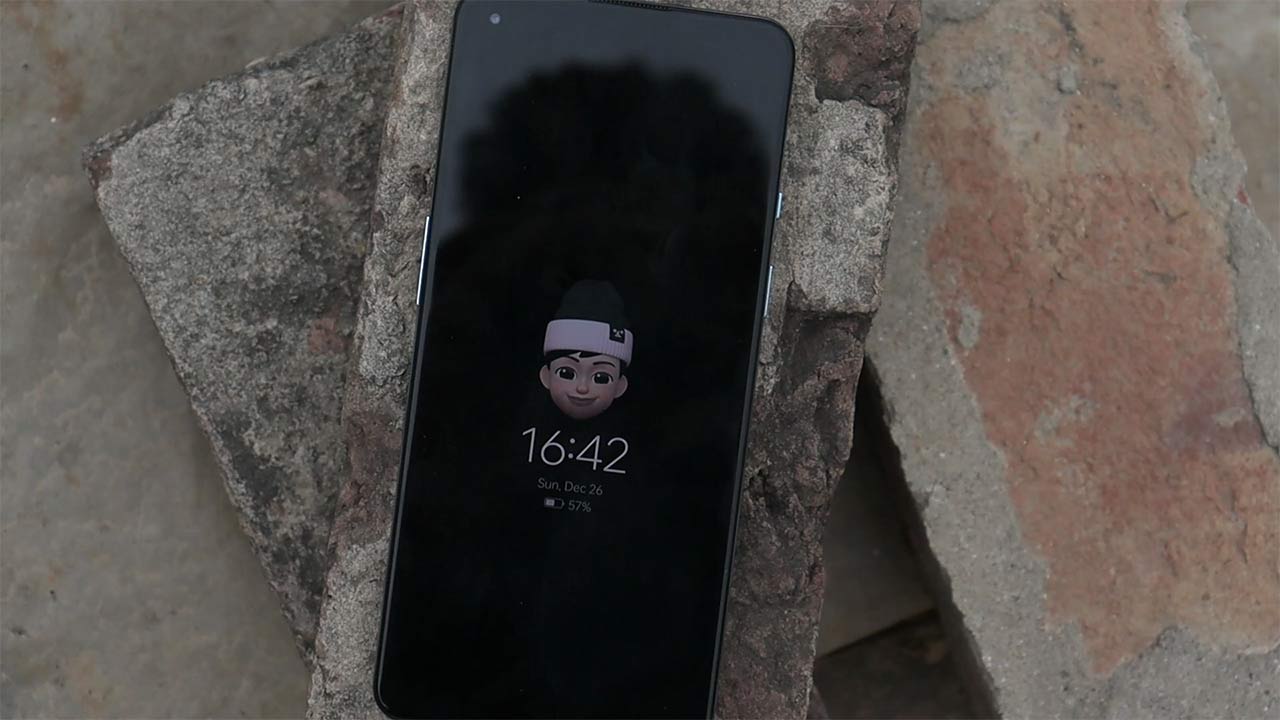
OMOJI on Oneplus 9 & 9 pro – ColorOS 12 C.39 new update for Oneplus 9 Series.
OnePlus 9 and OnePlus 9 Pro are getting a new ColorOS 12 update in China. The update brings the December 2021 security patch and more. ColorOS 12 C.39 is the second stable update of ColorOS 12.
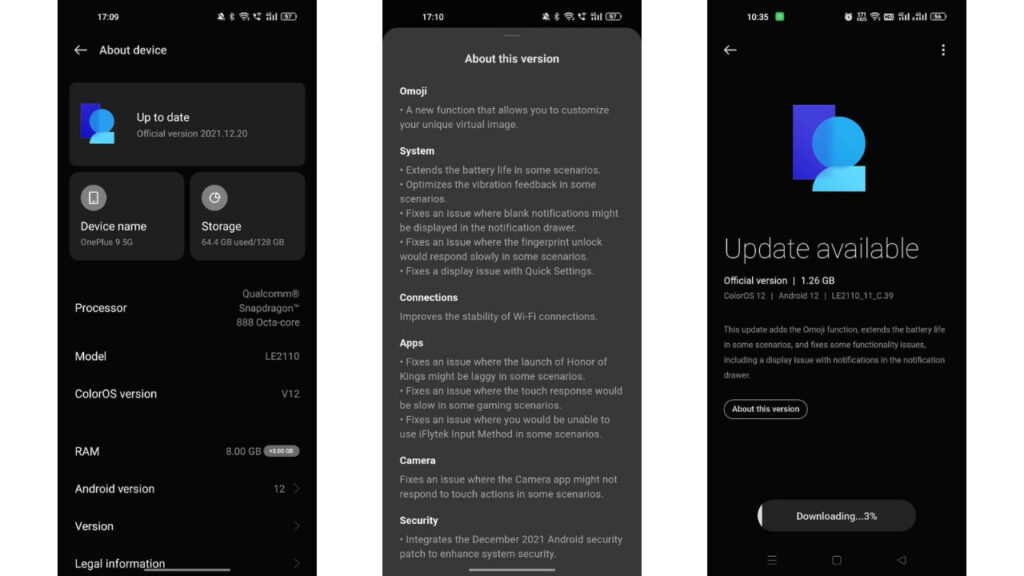
Changelogs of ColorOS 12 C.39:
Omoji
• A new function that allows you to customize your unique virtual image.
System
• Extends the battery life in some scenarios.
• Optimizes the vibration feedback in some scenarios.
• Fixes an issue where blank notifications might be displayed in the notification drawer.
• Fixes an issue where the fingerprint unlock would respond slowly in some scenarios.
• Fixes a display issue with Quick Settings. Connections Improve the stability of Wi-Fi connections.
Apps
• Fixes an issue where the launch of Honor of Kings might be laggy in some scenarios.
• Fixes an issue where the touch response would be slow in some gaming scenarios.
• Fixes an issue where you would be unable to use iFlytek Input Method in some scenarios.
Camera
• Fixes an issue where the Camera app might not respond to touch actions in some scenarios.
Security
• Integrates the December 2021 Android security patch to enhance system security.
How to Install ColorOS 12 C.39 on Oneplus 9 & 9 pro: Follow this Guide Here
Download ColorOS 12 C.39
- Oneplus 9: Download ColorOS 12 C.39
- Oneplus 9 Pro: Download ColorOS 12 C.39
- Installation Guide ColorOS 12 C.39 : Here
If you like our article then follow us on Google news, Instagram or join our Telegram Group. For the latest TechNews and Reviews, follow Techibee on Twitter, Facebook, and subscribe to our Youtube channel.
For More Such Updates Follow Us On – Telegram, Twitter, Google News, WhatsApp and Facebook
One UI
Samsung Galaxy Tab A8 in India Receives One UI Core 5.1 Update with New Features and Enhancements
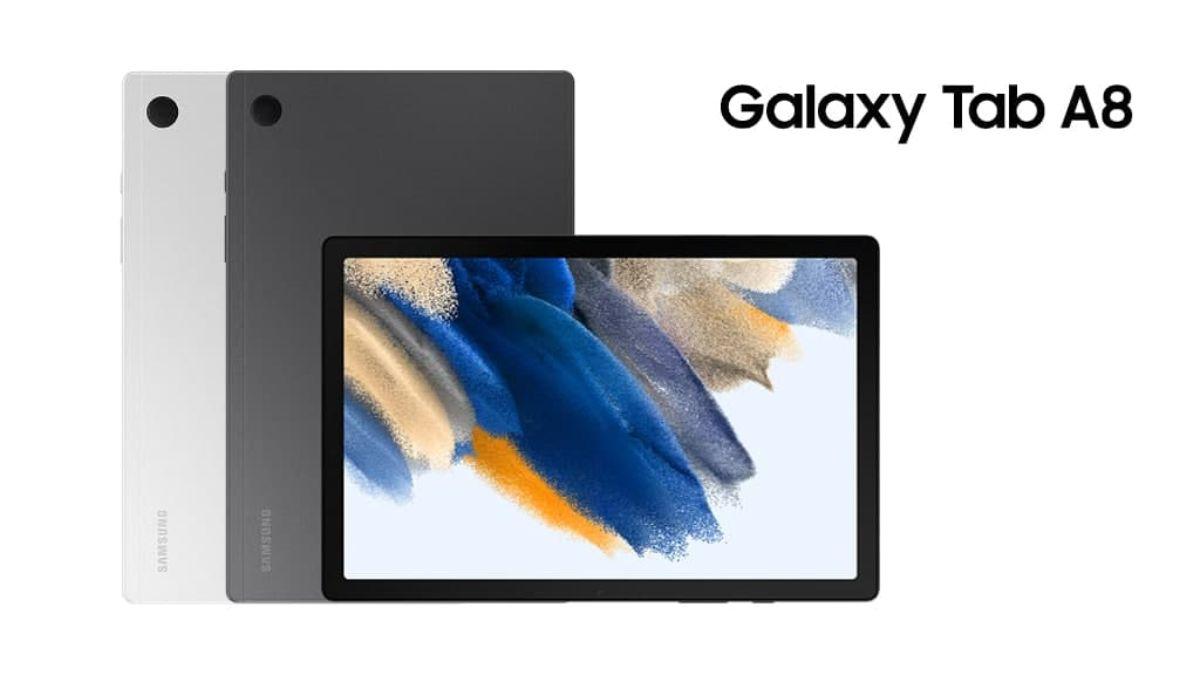
Samsung has started rolling out the One UI Core 5.1 update for its Samsung Galaxy Tab A8 in India. The new update brings a host of new features and improvements to the tablet, enhancing its performance and user experience.
One of the major changes in the update is the revamped Camera and Gallery. The Effects button on the side of the screen now lets users easily change the color tone for selfies. Additionally, when users swipe up while viewing a picture or video in the Gallery, they can see more detailed information about the media.
The update also brings improvements to multitasking, allowing users to minimize or maximize an app window without going to the options menu. Users can also access their most-used apps in split-screen mode more easily.
Modes and Routines have also been enhanced with the new update. Users can now change wallpapers based on their mode, such as a different wallpaper for work or exercise. The update also allows users to continue browsing the web on another Galaxy device signed in to the same Samsung account.
Other changes include an improved search function on Samsung Internet, a new Battery widget to check the battery level of devices, and suggestions for enhancing the user experience across Galaxy devices.
After updating, users will not be able to downgrade to the old software due to updates to the security policy. The update also includes app updates for Samsung Notes Add-ons, Samsung Members, Calculator, Voice Recorder, and Samsung Notes.
OneUI Core 5.1 Update for Samsung Galaxy TAB A8
The One UI Core 5.1 update for Samsung Galaxy Tab A8 in India comes with version X200XXU2CWC1/X2000DM2CWC1 and is 775.76 MB in size. The security patch level for the update is 1 January 2023.
Samsung continues to improve its devices with new features and enhancements, and the One UI Core 5.1 update for the Galaxy Tab A8 is another example of this commitment. Users can look forward to a better and more productive experience on their tablets after installing the update.
OneUI Core 5.1 Changelog for Samsung Galaxy TAB A8
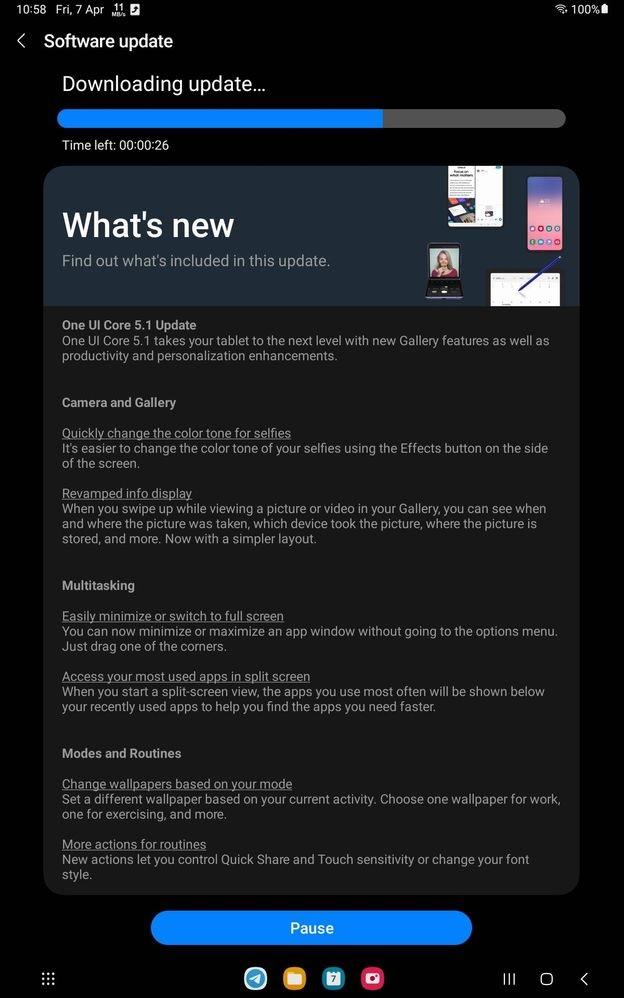
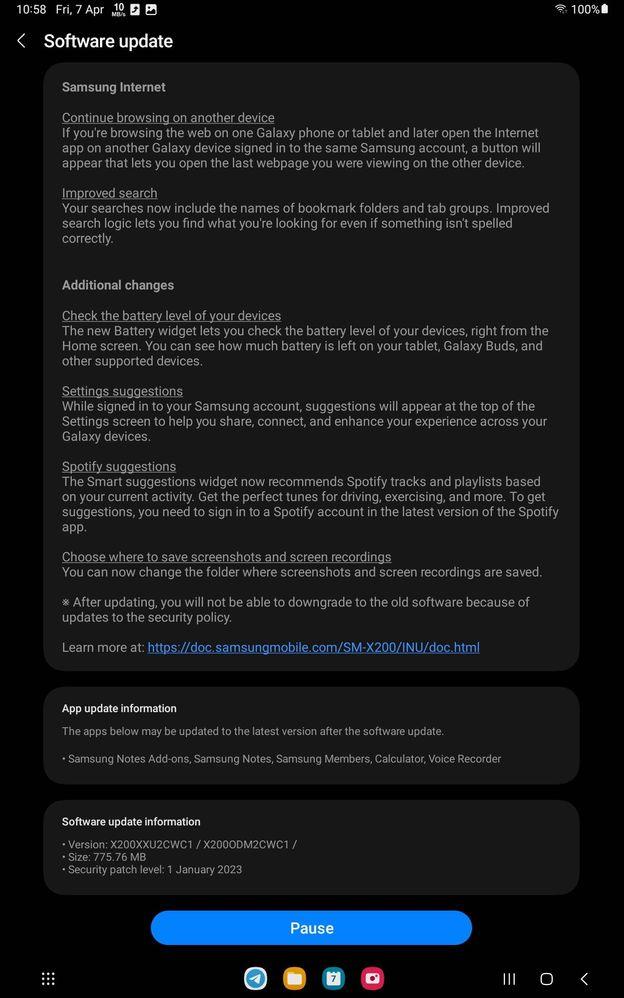
Also read:
- Google Working on a Feature to Locate Lost or Stolen Phones When Turned Off
- Samsung Galaxy Z Fold 5 and Galaxy Z Flip 5 Storage and Color Options Leaked
- OnePlus 7T/7T Pro Grabs OxygenOS 12 F.22 Update: New Features and Fixes
If you like our article, follow us on Google News and Instagram, or join our Telegram Group.
For More Such Updates Follow Us On – Telegram, Twitter, Google News, WhatsApp and Facebook
News
OnePlus Nord 2 OxygenOS 13 Open Beta 2 Now Available for Indian Users
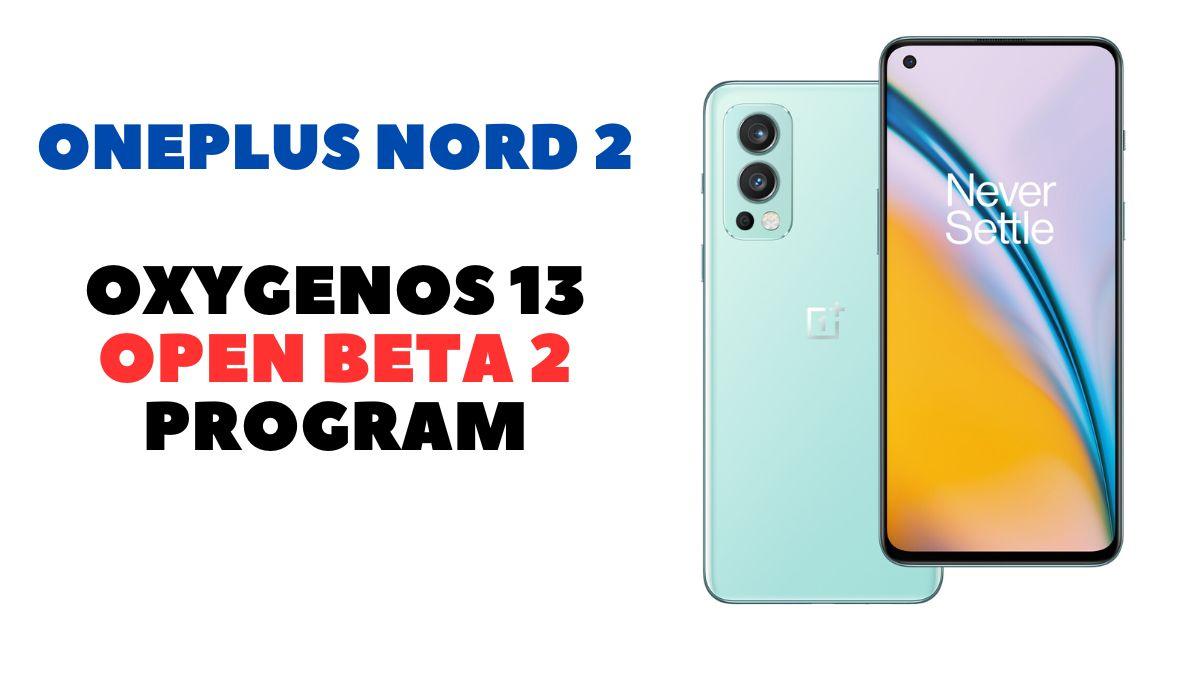
OnePlus has announced the release of the second batch of OxygenOS 13 Open Beta Test (OBT) 2 for the OnePlus Nord 2. This release is only available for Indian users of the OnePlus Nord 2. The new software update includes a range of improvements to design, efficiency, interconnectivity, personalization, security and privacy, health and digital wellbeing, and gaming experience.
One of the most significant improvements is the Aquamorphic Design, which applies natural and vivid animations, a shadow-reflective clock, and a home screen world clock widget to show the time in different time zones. The Quantum Animation Engine 4.0 has also been upgraded with a new behavior recognition feature, which recognizes complex gestures and provides optimized interactions.
Other features include large folders on the home screen, media playback control, optimized quick settings experience, more markup tools for screenshot editing, support for adding widgets to the home screen, and a sidebar toolbox for smooth operation. The update also optimizes screencast, earphone connectivity, Bitmoji, insight always-on display, portrait silhouette always-on display, private safe, and Eye comfort in Kid Space.
In terms of security and privacy, the update adds an automatic pixelation feature for chat screenshots, regular clearing of clipboard data, and Advanced Encryption Standard (AES) encryption for private files. The update also includes a dynamic computing engine to improve system speed, stability, battery life, and app experience, as well as HyperBoost GPA 4.0 to stabilize the frame rate and balance the performance and power consumption in key scenarios.
The changelogs are the same as the previous OxygenOS 13 Open Beta Program for OnePlus Nord 2.
OxygenOS 13 Open Beta 2 Program
The OnePlus Nord 2 OxygenOS 13 Open Beta Test is available for 5000 users who meet the eligibility requirements. Applicants must be active members of the OnePlus Community, use the Indian version of the OnePlus Nord 2, and be willing to tolerate the instability and risks of the beta version. Interested users can apply between April 3-5 by confirming their phone has been updated to the detectable version and following the instructions on the beta program page in the settings menu.
OnePlus continues to strive for better user experiences, and the OxygenOS 13 Open Beta Test is a great opportunity for Indian OnePlus Nord 2 users to provide feedback and suggestions to help improve the software experience for everyone.
| Update | Date |
|---|---|
| OxygenOS 13 Open Beta Test (OBT) 2 for OnePlus Nord 2 in India | Starting now |
| OBT Recruitment Window | April 3, 2023 – April 5, 2023 |
| Application Review Period | TBD |
| OxygenOS 13 Open Beta Test Push to Eligible Users | TBD |
Apply Now for OxygenOS 13 Open Beta 2 (Link will be added soon)
Also read:
- Battery Life Hacks: How to Keep Your OnePlus 11R Running All Day
- IQOO 11S 5G Tipped for Q3 Launch in China, Global Release in August or June
- Xiaomi set to launch Xiaomi 13 Ultra and Xiaomi Pad 6 series in April
If you like our article, follow us on Google News and Instagram, or join our Telegram Group.
For More Such Updates Follow Us On – Telegram, Twitter, Google News, WhatsApp and Facebook
Uncategorized
Stable OxygenOS 12 C.40 rolling out for Oneplus 9 & 9pro – Download Now
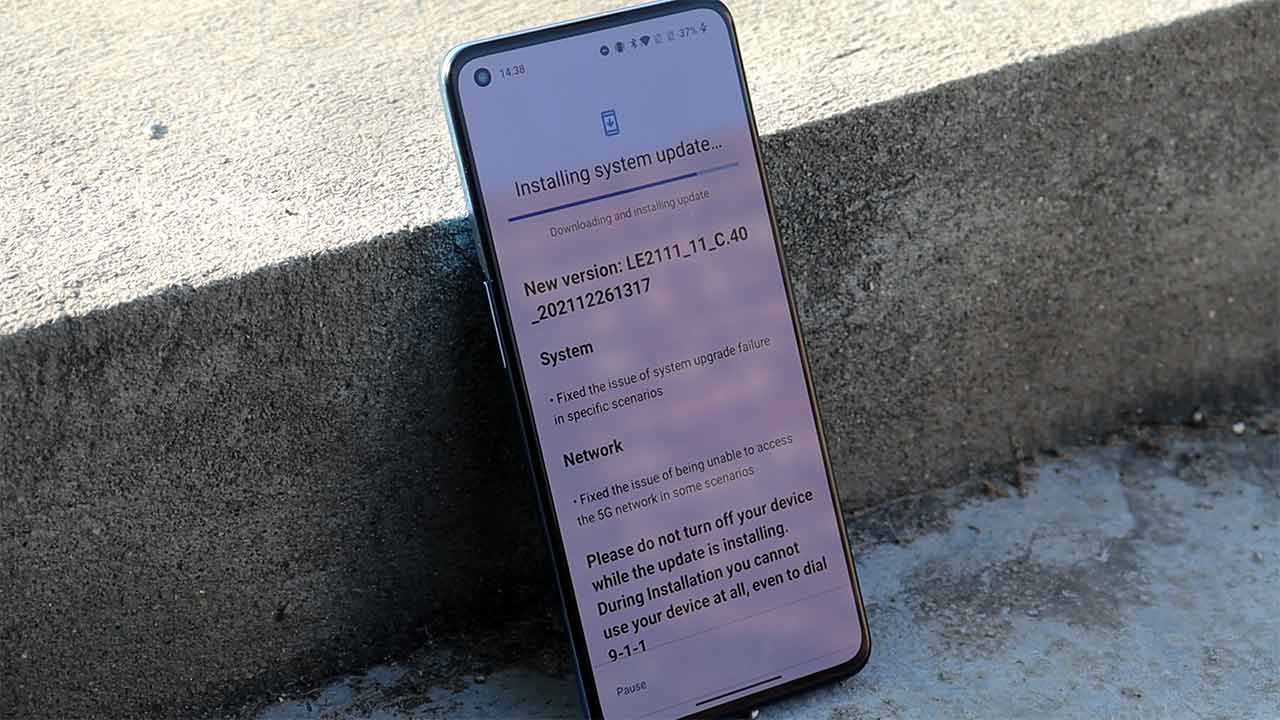
OnePlus 9 and OnePlus 9 Pro received the first stable release of OxygenOS 12 based on Android 12 earlier this month. However, OnePlus halted the rollout just a few days after it began, citing several difficulties experienced by early users. OnePlus appears to have resolved all difficulties, as the Stable OxygenOS 12 C.39 rollout for the OnePlus 9 and OnePlus 9 Pro a few days back.
Now Oneplus is rolling out another Stable OxygenOS 12 C.40 with minor bug fixes & the update size is also too small approx 64MB.
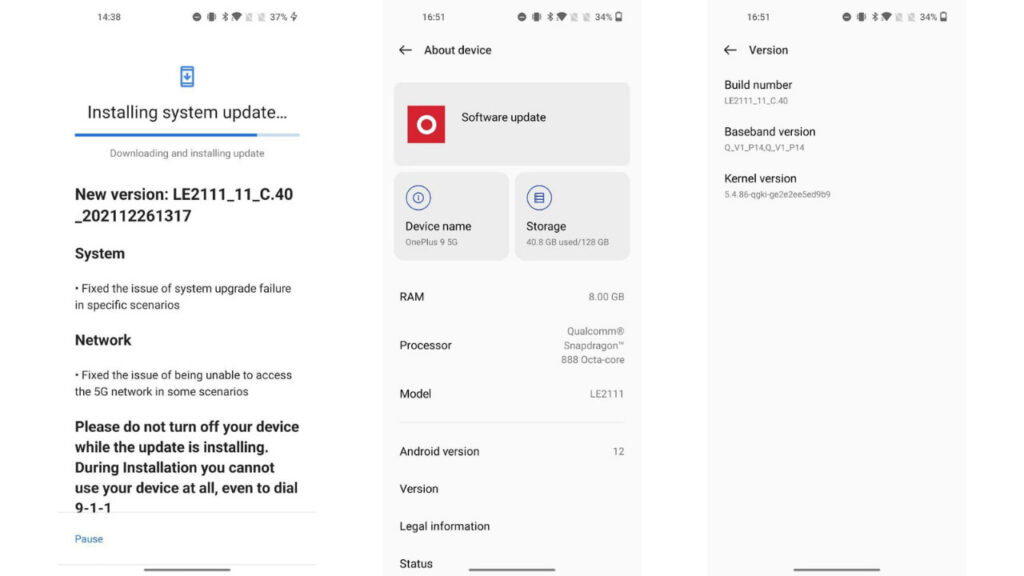
Changelogs of OxygenOS 12 C.40:
System
- Fixed the issues of system upgrade failure in specific scenarios
Network
- Fixed the issues of being unable to access the 5G network in some scenarios
How to Install Stable OxygenOS 12 C.40
- First Download Initial Stable build of OxygenOS 12 C.36: Download
- Place OxygenOS 12 C.36 zip file inside Internal storage
- Go to system update section -> Click top-right icon -> Local upgrade -> Click on the corresponding installation package -> upgrade -> System upgrade completed to 100%.
- After the installation is complete, click Restart.
- Now your device will have OxygenOS 12 C.36
- Download OxygenOS local update apk: Download from Telegram – Official Link
- Download OxygenOS 12 C.40 packages from the below links (If not look for ota update in system update section)
- Install local update apk
- Place OxygenOS 12 C.40 & place it inside Internal storage
- Open local update app -> Click top-right icon -> Local upgrade -> Click on the corresponding installation package -> upgrade -> System upgrade completed to 100%.
- After the installation is complete, click Restart.
- Enjoy stable OxygenOS 12 on your Oneplus 9 & 9pro
Download OxygenOS 12 C.40:
- OnePlus 9 Global: Full update – Incremental update from C.40 / Mirror Download
- OnePlus 9 India: Full update – Incremental update from C.40 / Mirror Download
- OnePlus 9 Pro Global: Full update – Incremental update from C.40 / Mirror Download
- OnePlus 9 Pro India: Full update – Incremental update from C.40 / Mirror Download
Note: We have downloaded the files from the server & uploaded on our telegram group if someone wants the OTA update, it can be downloaded from the above links.
If you like our article then follow us on Google news, Instagram or join our Telegram Group. For the latest TechNews and Reviews, follow Techibee on Twitter, Facebook, and subscribe to our Youtube channel.
For More Such Updates Follow Us On – Telegram, Twitter, Google News, WhatsApp and Facebook

